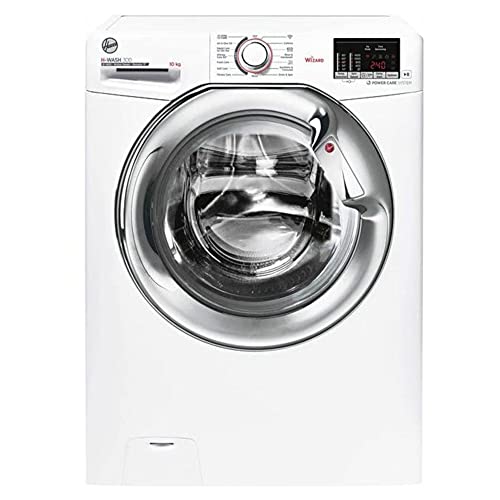15 Best 10kg Front Loader Bloggers You Must Follow
Warning: Undefined variable $PostID in /home2/comelews/wr1te.com/wp-content/themes/adWhiteBullet/single.php on line 66
Warning: Undefined variable $PostID in /home2/comelews/wr1te.com/wp-content/themes/adWhiteBullet/single.php on line 67
|
| Articles Category RSS Feed - Subscribe to the feed here |
|
|
Why Buy a Candy 10kg Freestanding Washing Machine – Black Front Loader?
The front loader of 10kg is ideal for large laundry loads, with plenty of space for large wash cycles and 13 wash programs that include handwash. It’s a smart machine with advanced features.
Front loaders generally take longer to wash, aren’t available in larger capacities and often be prone to mildew and mould. They are more water and energy efficient than top-loaders.
Energy
The major energy expense in front-loaders is the power that is used to heat the water to operating temperature and to run the motor. These costs can be offset by lower operational energy consumption compared with top-loaders, notably less power used during the agitation cycle as well as during spin, as well as less water. Some machines have a low-water wash option which uses significantly less water than the cotton cycle, which saves on both water and energy usage.
 In general, true front-load washers consume less detergent than top-loaders, and the tumbling action in the drum draws air into it which reduces foamy suds and spills without slowing the cleaning process. However, the door Washersanddryers seals and bellows are more susceptible to wear than those found in top-loaders. In addition, the top-loader’s agitator’s mechanical mechanism can cause significant wear and abrasion to clothing fabrics, as it pushes clothes against each with paddles that constantly drop and drag them through the wash. This abrasion can be gauged by the amount of fabric that is accumulated in the dryer’s lint filters, as lint largely consists of loose fibers that have been absorbed by clothes during drying and washing. To reduce this, many top-loaders are designed to run at a slower rate and might have a “freshening” cycle to periodically clean the mechanical bellows and gears.
In general, true front-load washers consume less detergent than top-loaders, and the tumbling action in the drum draws air into it which reduces foamy suds and spills without slowing the cleaning process. However, the door Washersanddryers seals and bellows are more susceptible to wear than those found in top-loaders. In addition, the top-loader’s agitator’s mechanical mechanism can cause significant wear and abrasion to clothing fabrics, as it pushes clothes against each with paddles that constantly drop and drag them through the wash. This abrasion can be gauged by the amount of fabric that is accumulated in the dryer’s lint filters, as lint largely consists of loose fibers that have been absorbed by clothes during drying and washing. To reduce this, many top-loaders are designed to run at a slower rate and might have a “freshening” cycle to periodically clean the mechanical bellows and gears.
Water
Top-loading washers require an impeller or agitator to force water and soap through the clothing, causing mechanical wear and abrasion. Front-loaders however, use paddles to gently lift and drop clothes inside the drum spinning during cleaning, reducing wear. The amount of lint that is in the dryer lint filters can be used to estimate the rate of wear. Lint is mostly made up of stray threads that are removed from clothes when drying and washing.
Because front-load machines require less water than top-loaders, they are less prone to leakage. Front-loaders need a bellows or seal to prevent water from leaking through the door. These systems do not need to maintained as frequently as top-loaders.
Front-loaders are more energy-efficient than top-loaders because they can utilize hot or cold water, and some even do so without a heating source. This efficiency could reduce operating costs for the same laundry load, especially in locations where energy, water and detergents are expensive.
Find more articles written by
/home2/comelews/wr1te.com/wp-content/themes/adWhiteBullet/single.php on line 180